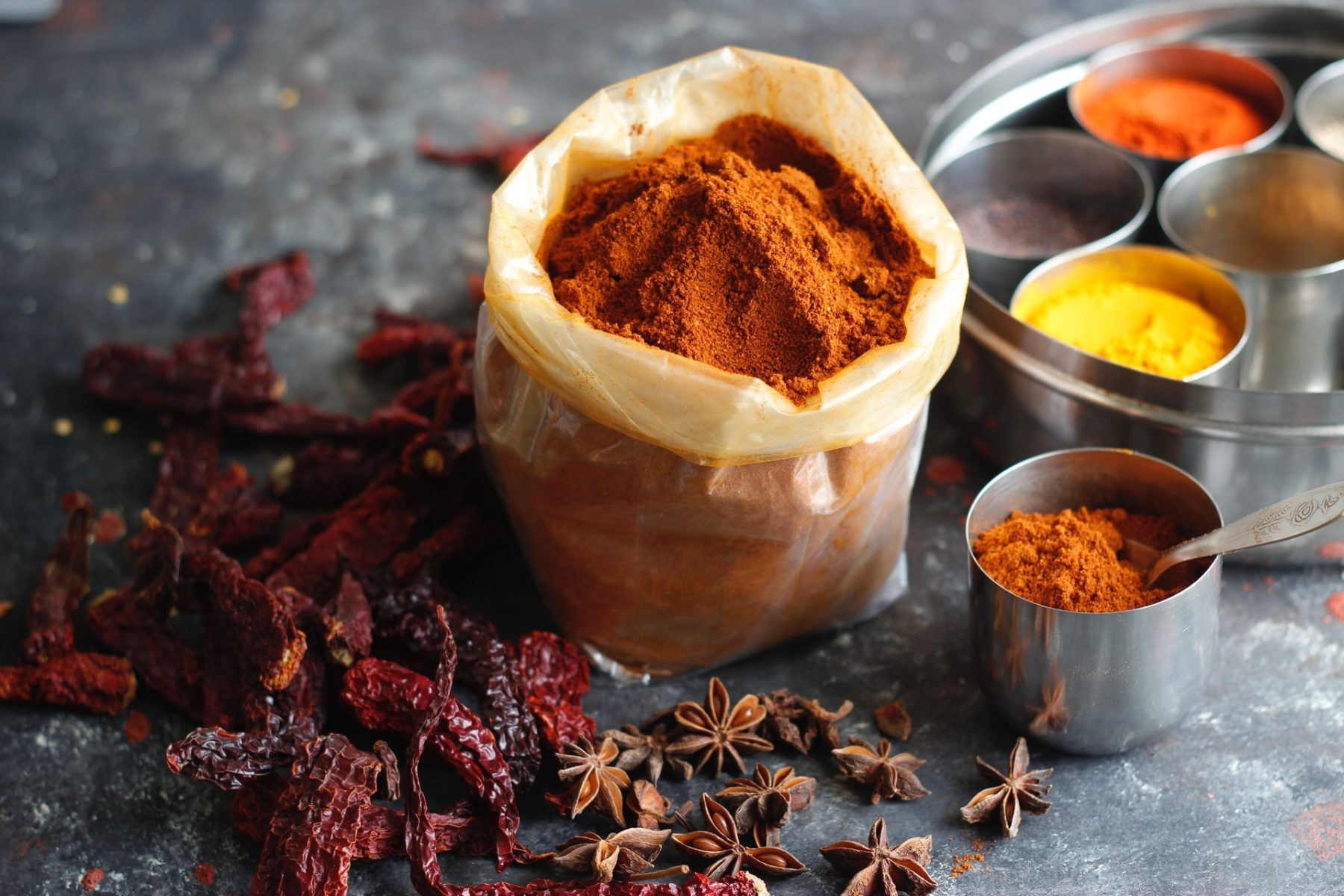Blog
What are the health benefits of turmeric root and curcumin?
Lisa Kilgour, NutritionistMay 19, 2022
Have you noticed a distinct yellow hue popping up in many smoothies and drinks lately? This gorgeous colour is coming from one place – the incredibly healthy and trendy turmeric root. By now many of you may be wondering: Why is turmeric good for you?
Turmeric may seem new and hot, but it’s actually as old-school as you can get. So old school that many of its health benefits date back thousands of years. And the best part – it really is as healthy as it’s cracked up to be.
Most households have a golden packet of turmeric powder in their spice cupboard and lately, many grocery stores have been stocking fresh turmeric root. From the outside, it looks like a small bit of ginger root, but if you scrape the skin with your fingernail, you’ll see its bright orange colour pop out.
Turmeric root is as easy to use as turmeric powder, but like with fresh ginger, you’ll need to add more than you would using the powder. It also has a milder flavour and can be a gentle way for a newbie to try it. But, be careful if you peel it! It will stain your fingers for days and everyone will know about your turmeric meal.

Turmeric Root’s Health Benefits
The yellow colour of turmeric is so powerful that it will dye anything it touches – your fingers, your smoothie, soup, wooden spoon…or even your clothes if you’re not careful (I always wear an apron when I’m using turmeric).
It’s that deep, rich colour that highlights its potent antioxidant powers. It’s such a strong antioxidant that it even works as an anti-inflammatory supplement by repairing the damage that free radicals create in the body.
The most studied compound in turmeric is curcumin, and you’ll see loads of curcumin supplements on the shelves of your local health food store. Currently, there are thousands of studies showing the benefits of curcumin.
It’s used by many to relieve joint and body pain [1], but studies are also finding that it may reduce the risk of Alzheimer’s Disease [2] and maybe even depression [3].
Turmeric Root vs. Curcumin
Curcumin is considered the active ingredient in turmeric, it’s the part of turmeric that has been studied to relieve pain and inflammation. Turmeric root is only 3% curcumin [4], which is why many reach for concentrated curcumin supplements.
But, when isolated, curcumin isn’t well absorbed into the bloodstream. This means you’ll need to take a high dose of curcumin to ensure you absorb enough to make a difference [5]. Some supplements add black pepper to their products to help with absorption, but it looks like there’s a better, more traditional way of gaining the benefits of curcumin and turmeric.
Whole Turmeric Root Is Always Best
While many studies have looked at that one amazing turmeric compound curcumin, there are also some new studies that are finding, even more benefits with whole turmeric.
Over the last 10 years, researchers have studied curcumin-free turmeric and found that it’s still filled with amazing health benefits. And these other compounds help curcumin be absorbed and used by our cells better [6].
So, whenever possible, whole food is always best.
How To Add Turmeric Root To Your Diet
Turmeric is definitely a spice worth adding to your diet and it can be surprisingly easy with just a few simple diet hacks.
Turmeric root as a spice
Grab some organic turmeric powder from your favourite health food store and use it in your cooking. It doesn’t have a strong flavour on its own, so it can be easy to add to your food. Sprinkle it on your eggs in the morning. Add it to your hummus for lunch, and/or sprinkle it on your dinner. I love adding into my favourite curry soup or stew, or I just hide it in my tomato sauce. You’ll only notice its distinct colour (no flavour) in a tomato sauce. Aim for ½ tsp per day.
Turmeric Golden Milk
A traditional (and delicious) way of taking turmeric is in a wonderfully warming drink called golden milk. This spicy turmeric tea combines whole turmeric with black pepper (to help with absorption), dates, and other healing herbs like cinnamon in a base of cow or coconut milk.
Make a Turmeric Butter
This is an easy way to add turmeric to a variety of foods. Mash turmeric and black pepper into some softened butter and melt it over grilled veggies, fish, eggs, or chicken. Store it in your fridge and pull it out anytime you’re making dinner.
Your body will love some added turmeric in your diet no matter how you take it. Do you have a favourite recipe with turmeric? Share it with us using the hashtag #BotanicaHealth #Mindfulliving
REFERENCES
[1] https://www.ncbi.nlm.nih.gov/pmc/articles/PMC5003001/
[2] https://pubmed.ncbi.nlm.nih.gov/26652155/
[3] https://www.frontiersin.org/articles/10.3389/fpsyt.2020.572533/full
[4] https://pubmed.ncbi.nlm.nih.gov/17044766/
